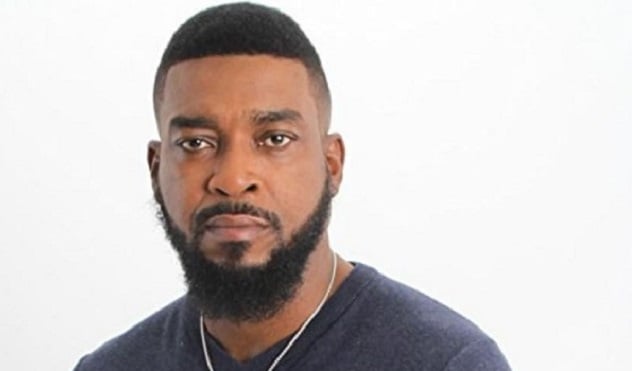Chidi Mokeme, the Nollywood actor, recently spoke on how he battled with Bell’s palsy.
The actor revealed the condition is the reason he took a break from acting.
Bell’s palsy is not a commonly discussed topic among people but it is the most common cause of unilateral facial paralysis.
Research has estimated that Bell’s palsy affects 11–40 persons per 100,000 each year, with peak incidence usually between the ages of 15 and 50 years.
However, pregnant women are said to be three times more likely to experience it than non-pregnant women.
WHAT IS BELL’S PALSY?
Bell’s palsy, also known as idiopathic facial paralysis (IFP), is a neurologic disorder that causes sudden and temporary weakness or paralysis of the muscles in the face.
It can occur when the nerve that controls your facial muscles becomes inflamed, swollen, or compressed. This condition causes one side of the face to droop or becomes stiff.
WHAT CAUSES BELL’S PALSY?
Bell’s palsy occurs when the facial nerve becomes swollen or compressed, resulting in facial weakness or paralysis.
However, the exact cause of this nerve damage is unknown, but it’s believed it’s most likely triggered by a viral infection.
Some studies, however, revealed herpes simplex virus (a common cause of cold sores) as the likely virus that causes most cases of Bell’s palsy.
WHAT ARE THE SYMPTOMS OF BELL’S PALSY?
Symptoms of Bell’s palsy tend to come on suddenly and reach peak severity within 48 to 72 hours.
These symptoms’ severity varies, from mild symptoms to total paralysis. However, some of the common symptoms include:
- Drooling
- Difficulty in eating and drinking
- Difficulty in pronouncing certain words
- Sensitivity to sound
- Inability to make facial expressions
- Headache
- Loss of taste
- Facial or ear pain
- Ringing in ears (Tinnitus)
- Dry eye and mouth
HOW IS BELL’S PALSY TREATED?
Bell’s palsy symptoms improve in most people and they can full recovery without treatment.
However, there are some treatments that tend to fasten the healing process.
- Use of prescribed corticosteroids (anti-inflammatory drugs) to help ease the nerve swelling and help regain facial movement faster
- Use of antiviral medications
- Use of prescribed eye drops and eye patch if the eyes are affected
- Massage of the facial muscles
However, in the worst case of Bell’s palsy, functional facial plastic surgery procedures are options for people who don’t recover to help correct facial asymmetry and assist with eyelid closure.
Copyright 2025 TheCable. All rights reserved. This material, and other digital content on this website, may not be reproduced, published, broadcast, rewritten or redistributed in whole or in part without prior express written permission from TheCable.
Follow us on twitter @Thecablestyle

